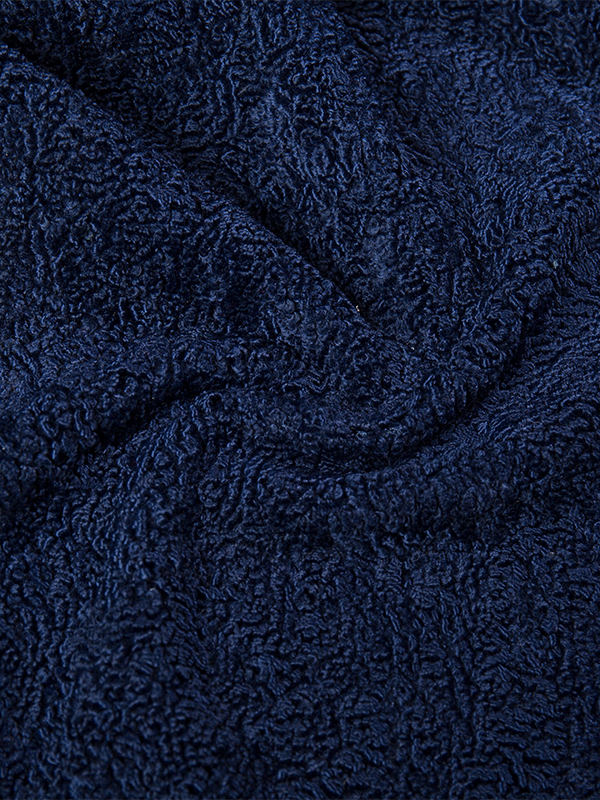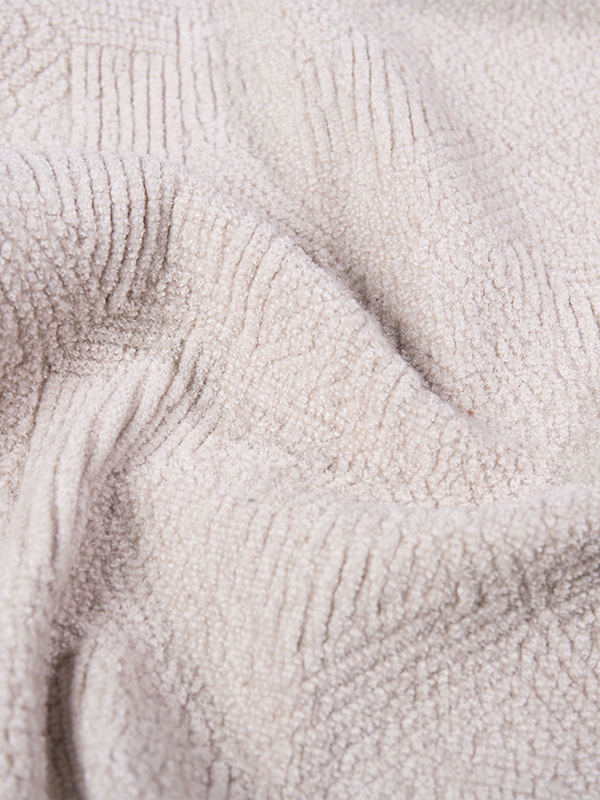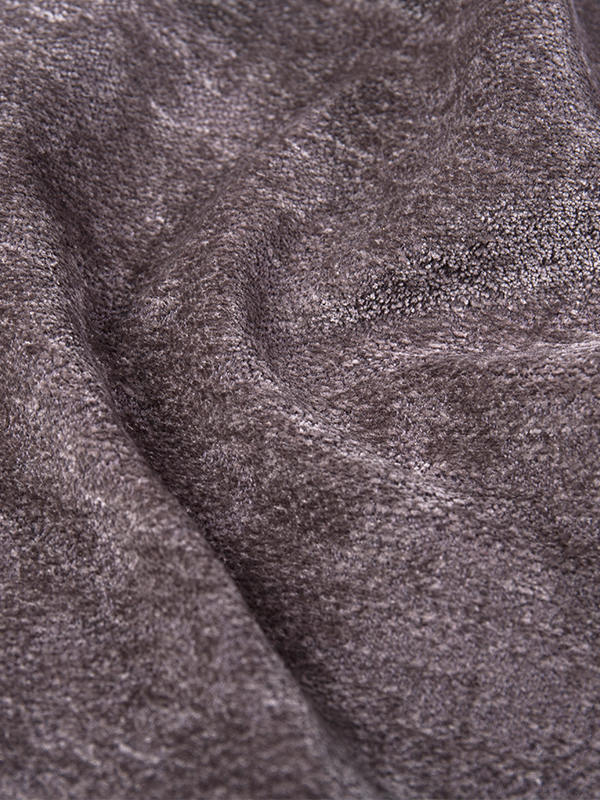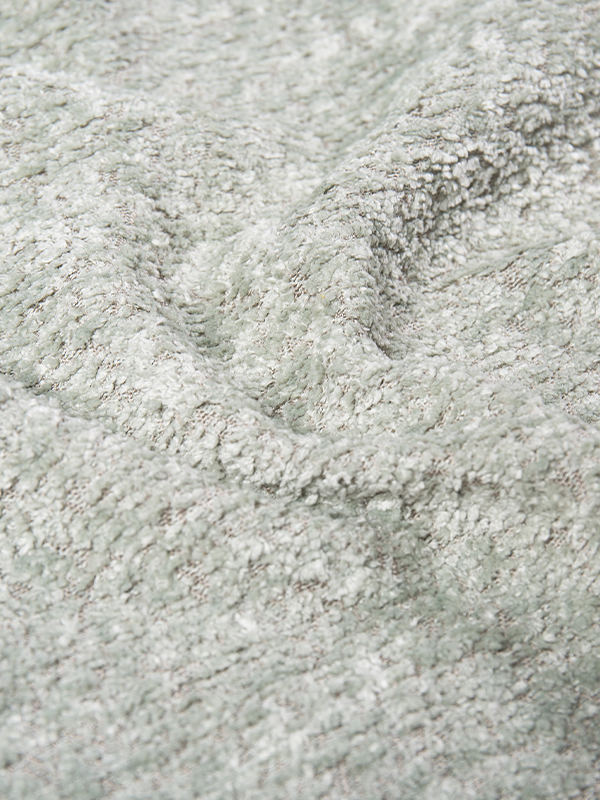Holland Velvet Fabric and Velour Fabric are both luxurious textiles known for their softness and smooth appearance. These two fabrics share many similarities, but they also have distinct qualities that set them apart. As a manufacturer at Haining Huayi Warp Knitting Co., Ltd., we specialize in producing high-grade warp-knitted fabrics, including Holland Velvet Fabric and Velour Fabric, both of which are widely used in various industries like home textiles, clothing, and automobile decoration.
1. Understanding Velour and Holland Velvet Fabric
Before diving into their durability, it’s important to understand what makes these fabrics unique. Both velour and Holland velvet are plush, woven fabrics, but their production processes and uses differ slightly.
Velour Fabric is typically made from synthetic fibers such as polyester or nylon. It is known for its soft, velvety texture that mimics the feel of velvet. Velour is often used in fashion and home textiles, including clothing, upholstery, and even toys.
Holland Velvet Fabric, on the other hand, is a high-end fabric commonly associated with luxurious upholstery and home decor items. It is made with a blend of natural and synthetic fibers and is woven with a particular technique that gives it a smooth, rich appearance. Holland Velvet is frequently used in premium furniture and high-end automotive interiors.
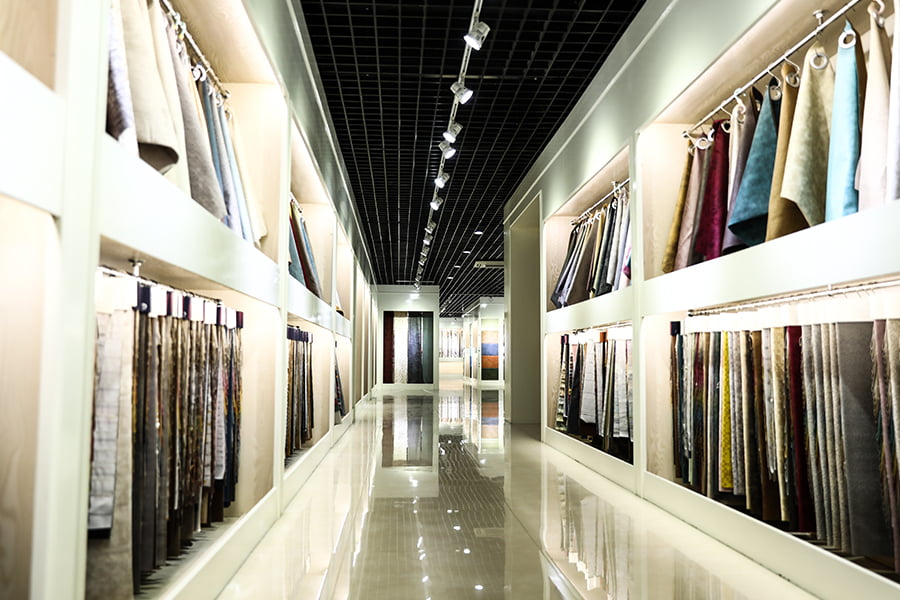
2. Durability Factors: How Velour and Holland Velvet Perform
When evaluating the durability of Velour Fabric and Holland Velvet Fabric, we look at several factors:
Wear and Tear: Velour is a softer fabric and is more prone to showing signs of wear over time, especially in high-traffic areas like seating or clothing. While it has a beautiful finish, its delicate fibers can break down faster than Holland velvet. Holland Velvet, however, tends to be more resilient, making it ideal for long-term upholstery use where the fabric will be exposed to consistent use.
Resistance to Fading: Both fabrics are susceptible to fading under direct sunlight, though Holland Velvet tends to retain its color longer due to its tightly woven fibers. Velour, especially if made from lower-quality synthetic fibers, may lose its rich color more quickly.
Cleaning and Maintenance: Both fabrics require careful cleaning, but Holland Velvet Fabric generally responds better to cleaning techniques, especially when used in furniture or automotive upholstery. Its structure can withstand professional cleaning and vacuuming, while velour might lose its soft texture after multiple washes.
3. Performance in Different Applications
Now that we’ve established the durability characteristics of both fabrics, let’s look at how they perform in various settings.
Home Textiles and Furniture: When it comes to home furnishings, Holland Velvet is often the preferred choice due to its durability and refined finish. Its smooth texture and luxurious appearance make it ideal for sofas, chairs, and curtains, adding a touch of elegance to any room.
Fashion: Velour, with its softer and more flexible texture, excels in fashion applications, particularly for leisurewear, robes, and dresses. It’s comfortable, easy to move in, and can withstand regular use in clothing, though care should be taken to avoid pilling or fiber damage.
Automotive Upholstery: For vehicles, Holland Velvet Fabric is a solid choice. Its longevity and resistance to wear and tear make it ideal for automotive interiors, where durability is crucial.

 English
English 中文简体
中文简体 русский
русский عربى
عربى Español
Español
